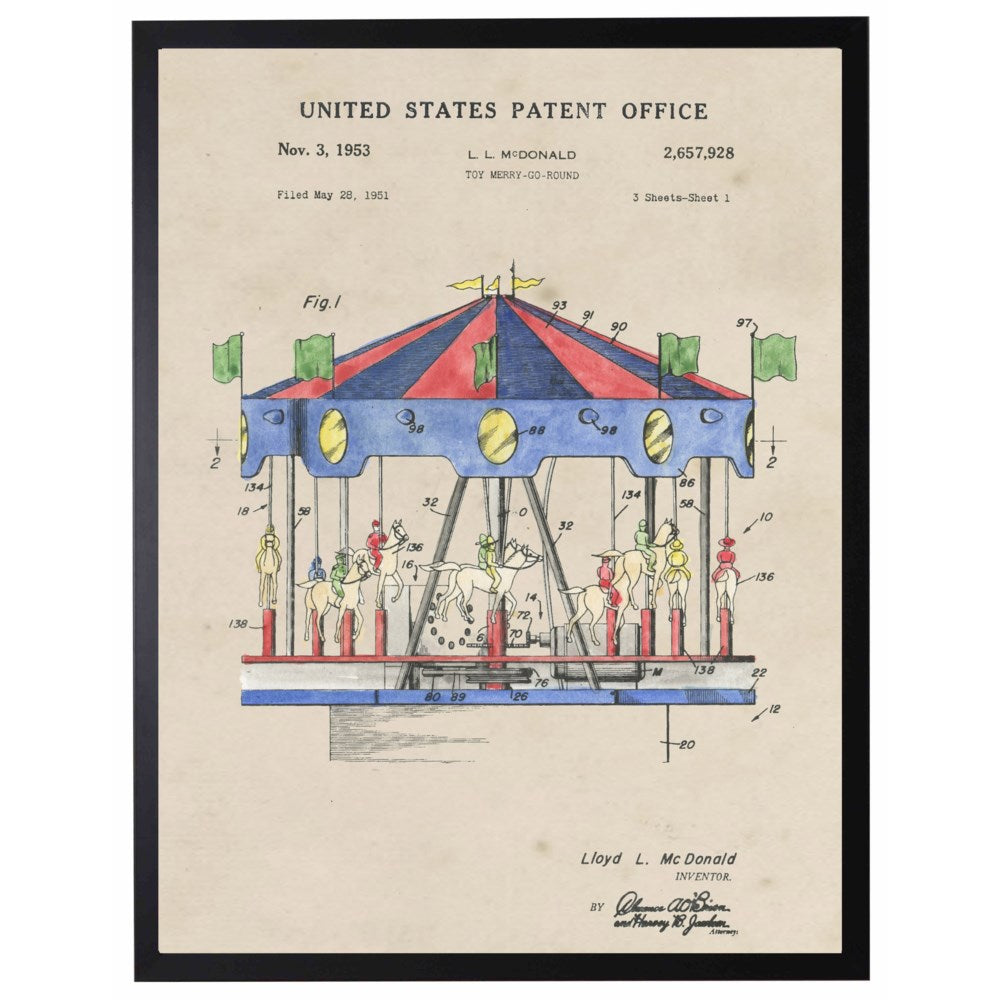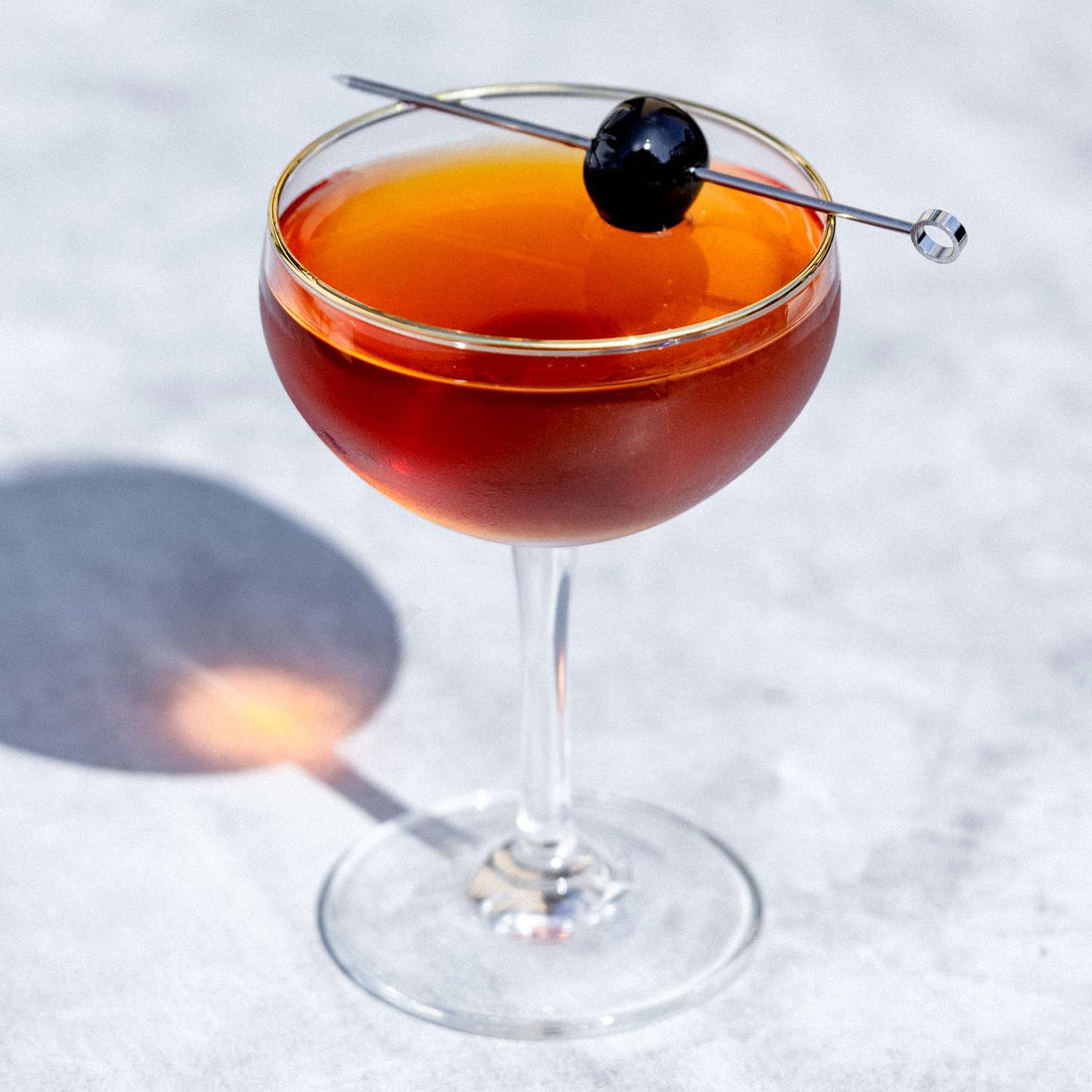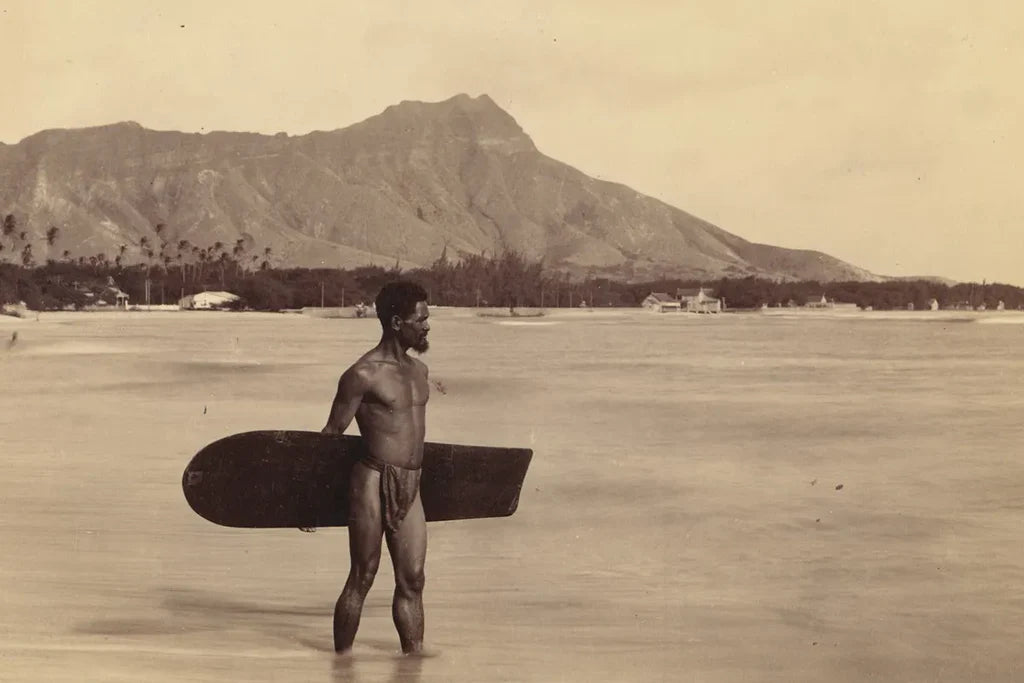The merry-go-round, also commonly referred to as a carousel, is one of the most cherished amusement rides, bringing joy to people of all ages for centuries. Found in parks, carnivals, and amusement parks across the globe, the merry-go-round captivates riders with its brightly painted horses, whimsical designs, and classic carnival music. While it might seem like a modern-day attraction, the history of the merry-go-round stretches back much further than most realize.
The Ancient Origins of the Merry-Go-Round
The story of the merry-go-round begins in ancient times, with its earliest recorded versions appearing around 400 BC in Persia. These early carousels weren’t designed for amusement, but rather as part of religious rituals and ceremonies. People would sit on wooden animals, such as horses and donkeys, which were attached to a rotating mechanism. Participants moved around a central post, perhaps in a symbolic reenactment of cosmic cycles or other spiritual practices.
This ceremonial origin highlights the ancient human fascination with the concept of circular movement, a theme that would carry through to the future, evolving into the joyous ride we know today. While these early iterations may have been simple and rudimentary, they planted the seeds for the modern merry-go-round.

The Middle Ages: Knights and Merry-Go-Rounds
As the centuries passed, the concept of the merry-go-round took on new forms. In the 12th century, French knights created an early version of the carousel to sharpen their jousting skills. This training tool involved wooden horses mounted on a rotating platform, allowing knights to practice their riding techniques and joust in a safer environment. The carousel quickly became popular among the aristocracy, as it provided a unique form of entertainment while also serving a practical purpose for the knights.
This early military carousel evolved over time and spread across Europe, with the first versions of the merry-go-round meant solely for entertainment emerging in the 16th century. As the ride’s popularity grew, it began to shift away from military training and towards family enjoyment.

The 18th Century: A Decorative Transformation
The 18th century saw a significant transformation in the design and function of the merry-go-round. No longer used as a training tool for knights, it had fully transitioned into a popular amusement ride, particularly in France and Italy. The designs of carousels became more ornate, featuring hand-carved horses, chariots, and mythical creatures like dragons and lions. Brightly colored and elaborately decorated, these carousels were designed to draw in spectators and enhance the rider’s experience.
In this period, the technology behind the merry-go-round also advanced. Early versions were manually operated by laborers or animals turning the central mechanism, but new mechanical innovations allowed for greater automation. For the first time, riders could enjoy a ride where the horses moved up and down as the carousel rotated, adding a new layer of excitement.

The 19th Century: The Merry-Go-Round Revolution
The 19th century is often regarded as the golden age of the merry-go-round, especially in Europe and the United States. As industrialization took hold, technological advancements allowed for more elaborate, faster, and safer carousels. Steam-powered and water-powered merry-go-rounds became a common sight at fairs, festivals, and amusement parks. These rides were often adorned with detailed carvings and paintings, turning them into works of art.
A pivotal figure during this period was Gustav Dentzel, a German immigrant who introduced the “flying horses” design to the United States. His innovation allowed the wooden horses to move up and down on poles, simulating the motion of galloping. Dentzel’s designs were instrumental in shaping the merry-go-round as we know it today, and his carousels became hugely popular across the country.
In the late 1800s and early 1900s, many skilled artisans contributed to the grandeur of the merry-go-round, creating carousels that remain beloved to this day. Artists crafted intricate wooden horses, lions, and other animals, often painting them with vibrant colors and detailing that reflected the style of the era. These early American carousels helped cement the merry-go-round as a fixture in public entertainment.

The 20th Century and Beyond: A Lasting Legacy
As the world entered the 20th century, the merry-go-round continued to evolve, but its essence remained unchanged: to provide joy and wonder. Electric motors replaced steam engines, making the ride smoother and more reliable. By this time, carousels were firmly embedded in amusement park culture, particularly in North America and Europe.
Several iconic merry-go-rounds have stood the test of time, continuing to delight visitors around the world. For example, the Carrousel de Monte-Carlo in Monaco is an exquisite example of a classic carousel, complete with hand-painted horses, a grand organ, and stunning views of the Mediterranean. This ride has become a landmark of elegance and tradition in an already glamorous setting.

In the United States, the Grand Carousel at Disney World is one of the most famous examples of a modern merry-go-round. With its intricately detailed horses and bright colors, this ride offers a magical experience for all ages. It continues to be a favorite among park-goers, representing both the nostalgia and innovation that carousels bring to amusement parks.

Meanwhile, the Santa Monica Pier Carousel on the California coast stands as a testament to the enduring charm of the merry-go-round. This restored carousel is a throwback to the golden age of carousels, offering riders the chance to enjoy both the ride and breathtaking views of the Pacific Ocean.

The Merry-Go-Round Today: Timeless Enjoyment
Today, the merry-go-round is a beloved attraction that can be found in parks, fairs, and amusement centers worldwide. While the ride has seen many technological advancements over the centuries, its core appeal remains unchanged. It offers a sense of nostalgia and simple joy that few other attractions can match.
Whether it’s the vibrant colors, the sound of carnival music, or the gentle motion of the horses, the merry-go-round continues to captivate new generations. From its ancient origins in Persia to the high-tech versions in theme parks today, the merry-go-round is a timeless ride that brings happiness to riders of all ages. Its history is a testament to the enduring magic of this iconic attraction.
The Merry-Go-Round Patent
In 1951, Lloyd McDonald of Shamrock, Texas filed a patent for the Toy Merry-Go-Round. His patent covered a toy merry-go-round that could simulate the same vertical motion of horses in full-scale rides. This is one of only two patents that McDonald filed in his lifetime.
Check out the patent




